The transnational Novohrad-Nógrád Geopark situated in Northern Hungary and Southern Slovakia has several important Neogene fossil sites developed for geotourism. One of them is the lower Miocene paleontological locality complex at Ipolytarnóc , which has been well known since the middle of the 19th century. The site is the main geotouristic gateway to the geopark, […]
The Petrified Forest of Lesvos is a Protected Natural Monument showing standing and lying petrified tree trunks, preserved by intense volcanic activity in the early Miocene. The Natural History Museum of Lesvos Petrified Forest contributed significantly to scientific research, conservation, exhibition, promotion and international recognition of the Lesvos Island UNESCO Global Geopark, a founding member […]
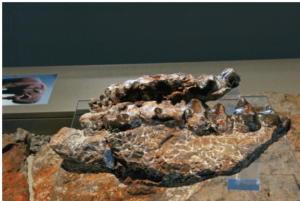
Neogene sedimentary rocks cover extensive areas of the Cabo de Gata-Níjar UNESCO Global Geopark (Almería, SE Spain) although most of the outcropping rocks are Miocene volcanics. The post-volcanic sedimentary rocks include three successive Messinian coral reef units. The lower reefs consist of coral patches of varying dimensions comprising Porites and Tarbellastraea, which grew on carbonate […]
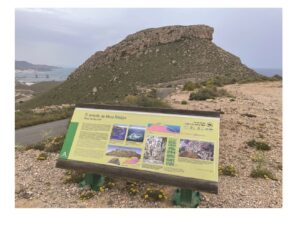
Granada Geopark, covering almost all of the Guadix-Baza basin, contains an exceptional and near-continuous fossil record of the evolution of Pliocene to middle Pleistocene land mammals (5–0.5 Ma). This period covers the endorheic (closed drainage basin) stage of this geological basin and, in this chronological framework, its record of the Quaternary period, mainly the Early […]
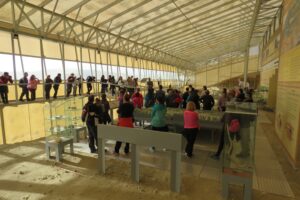
The Hondsrug UNESCO Global Geopark in the northeast of the Netherlands comprises the Hondsrug-complex, a prominent range of low till ridges created by forces of moving land ice and melt water. The unusual orientations of the ridges contrast with the usual direction of ice flow, and they are separated from each other by elongate depressions. […]
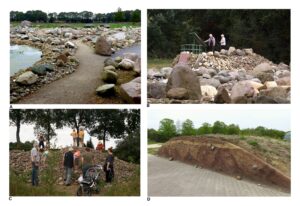
Foz do Enxarrique (FENX) is an open-air archaeological site from the end of the Middle Palaeolithic, with faunal remains and Mousterian industry, dated 44–32 Ka. The faunal accumulation shows evidence of human intervention. It can be seen as a paradigm for the interpretation of taphonomic processes typical of open-air sites and difficulties of interpretation. Foz […]
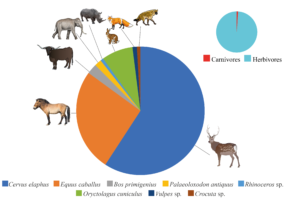
The Hohle Fels Cave in the Swabian Jura is a key site of the Central European late Middle and early Upper Paleolithic. The Aurignacian deposits with more than 90,000 lithic artifacts, numerous faunal remains as well as the presence of flutes, beads and mobile art objects, give an exceptional insight into the material culture between […]
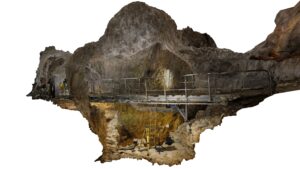
The Sobrarbe-Pirineos UNESCO Global Geopark shows an extremely well-developed underground karst relief as a result of the great abundance and thickness of its limestone formations. The most important Pleistocene vertebrate site within the Geopark is Coro Tracito Cave at Tella. The fossil association is made up exclusively of bones belonging to Ursus spelaeus from the […]
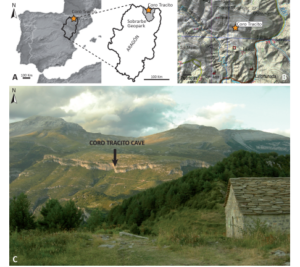
Geoconservation Research published a special issue on Paleontological Heritage and Geoconservation in UNESCO European Geoparks. The goal of this volume which was completely achieved was presenting geosites with fossil-based values and heritage in the green continent. Thanks to the experience and effort of our Guest editor, Prof. Dan Grigorescu, who invited many professors and experts from […]
